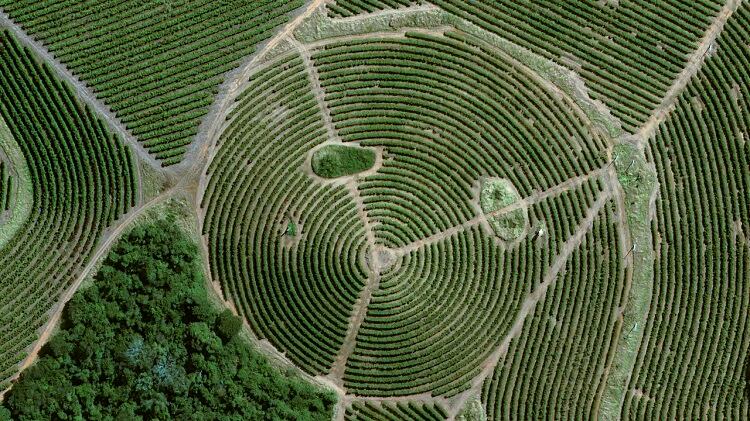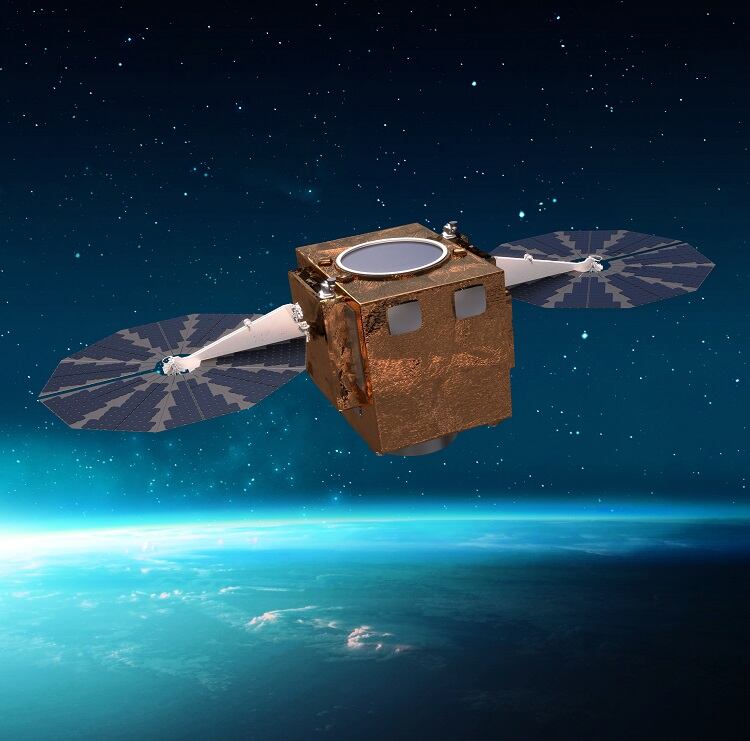Nestlé has been growing trees near to the locations it sources its products, in the hope of eventually growing 200m trees and removing 2m tonnes of carbon dioxide equivalent (the equivalent to carbon dioxide in greenhouse gasses) from the atmosphere.
Now, with Airbus’s 30 cm resolution Pléiades Neo satellites, it is monitoring this carbon’s removal, aiming to provide transparency to its reforestation process.
The first project will take place over the course of 20 years in the Ranong and Chumphon provinces of Thailand. There, Nestlé uses more than 150,000 shade trees to keep its coffee safe from over-exposure to the sun. The trees also take carbon out of the atmosphere.
“Growing shade trees within coffee farms prevents coffee’s over-exposure to the sun and allows coffee to ripen slower, leading to a better in-cup profile,” a Nestlé spokesperson told FoodNavigator.
“For the environment, trees also play a key role in removing carbon from the atmosphere and supporting healthy soil and biodiversity.”
Satellites of love
In 2010, Nestlé committed itself to a deforestation-free supply chain. It aims to achieve this by 2025. According to its website, it has reached 99.1% overall, as of 2022.
Satellite technology has been a key part of this process. “We were already using the Airbus and Earthworm Starling solution since 2016 to check for the risk of deforestation near our sourcing locations,” the spokesperson told us.
“This satellite technology has helped us achieve 99.1% deforestation-free in our main primary supply chains for meat, palm oil, pulp and paper, soy and sugar.”
As the technology worked well with reducing deforestation, they are now working with similar technology to increase reforestation. “With Pléiades Neo, we are upscaling the monitoring service, applying a similar approach to our reforestation efforts.”
The data will help Nestlé present their reforestation programme. “The images collected by the Pléiades Neo satellites will be made available through a dedicated cockpit to Nestlé and its partners (e.g. suppliers, farmers and reforestation partners),” the spokesperson told us.
The power of trees
Reforestation has many benefits. It can help wildlife, take carbon out of the atmosphere, and even improve the wellbeing of wildlife.

“Through our Global Reforestation Program, we plant and grow trees close to our sourcing regions so that both farmers and the environment can benefit,” the spokesperson told us.
“We also restore what is called wildlife corridors in coffee or palm oil farms. These corridors of native tree species restore natural pathways for wildlife to live, move and migrate.
“For example, these trees provide nests for birds or other natural predators of insects, which in exchange reduce the need of insecticide. This makes the agricultural production more efficient, enables a balanced life for wildlife and sequesters carbon from the atmosphere.”


